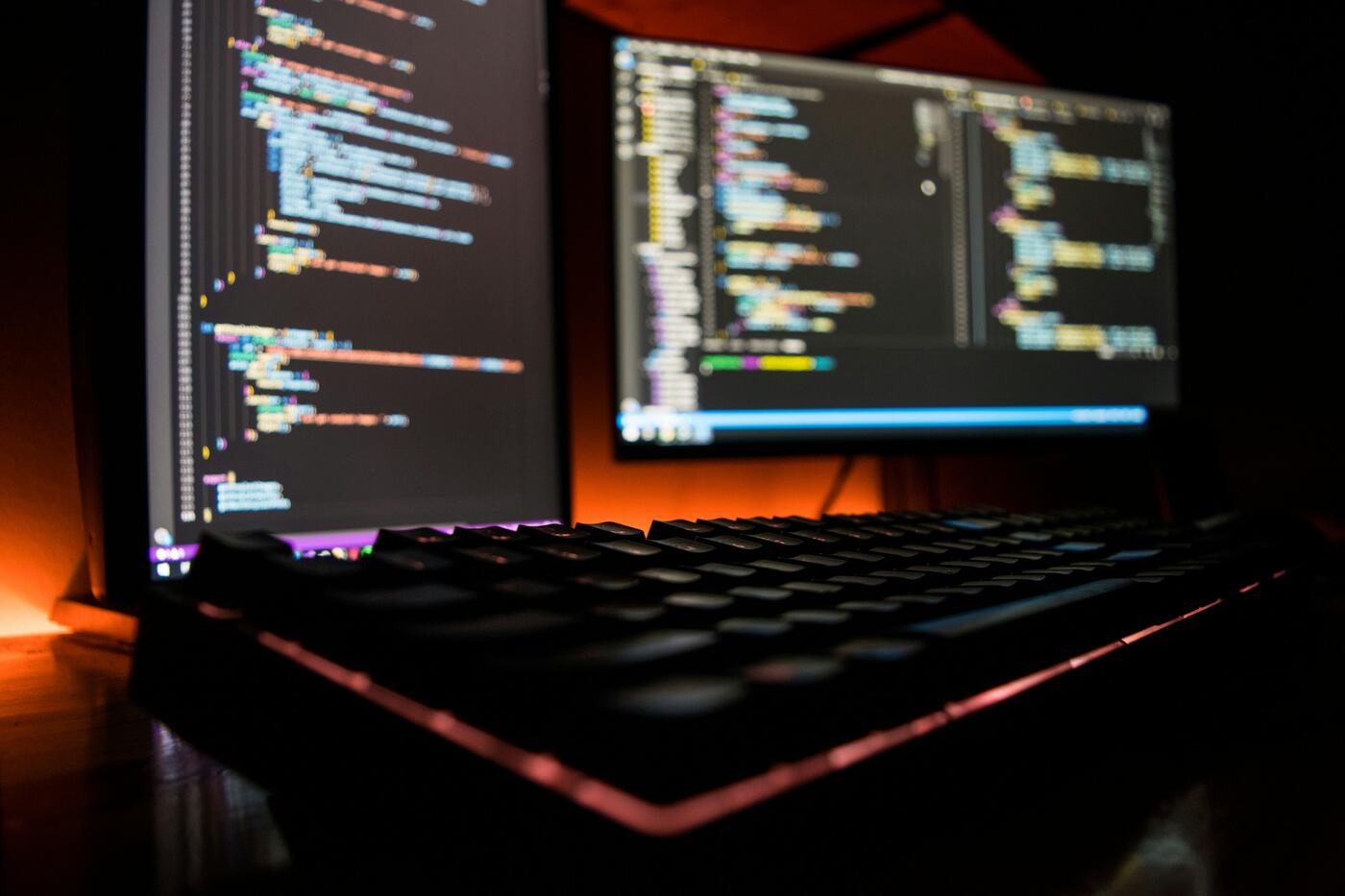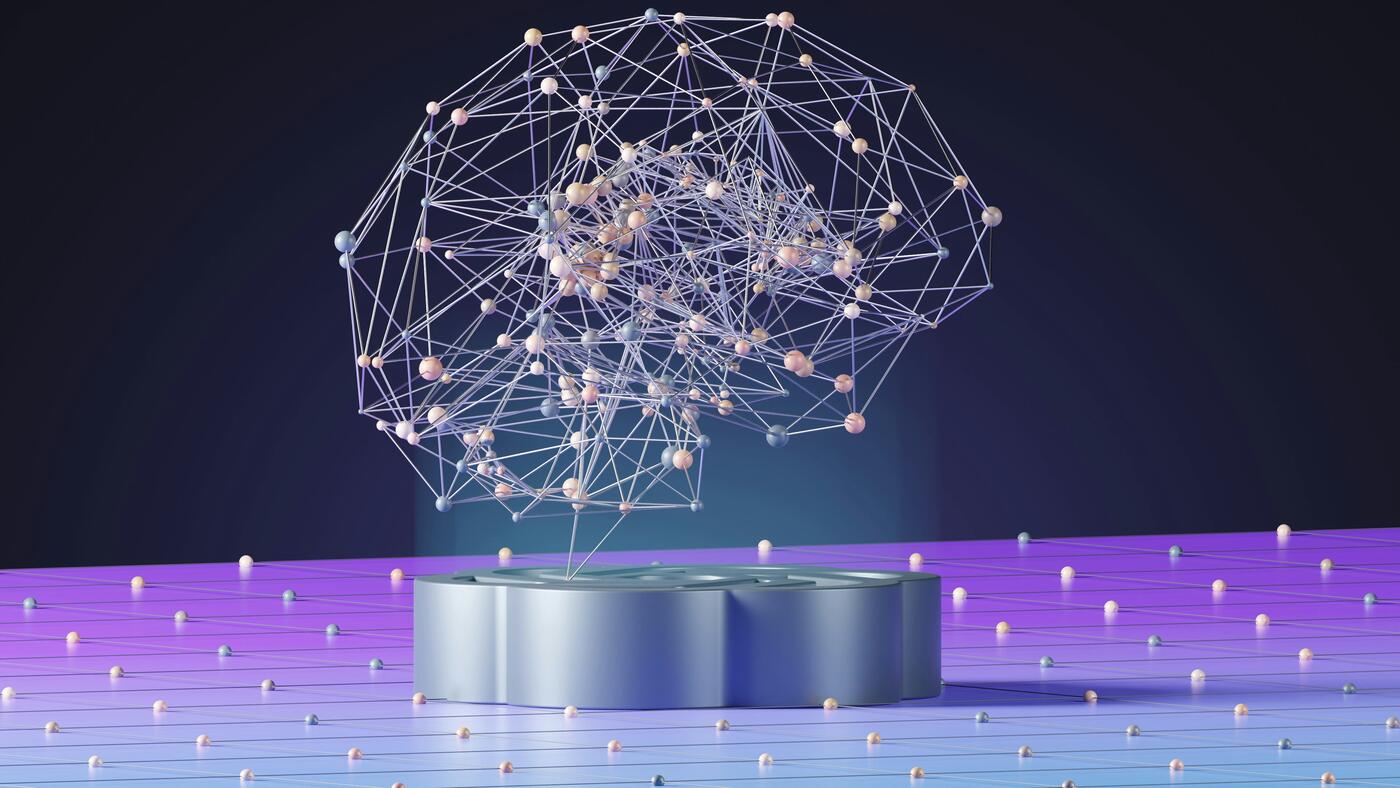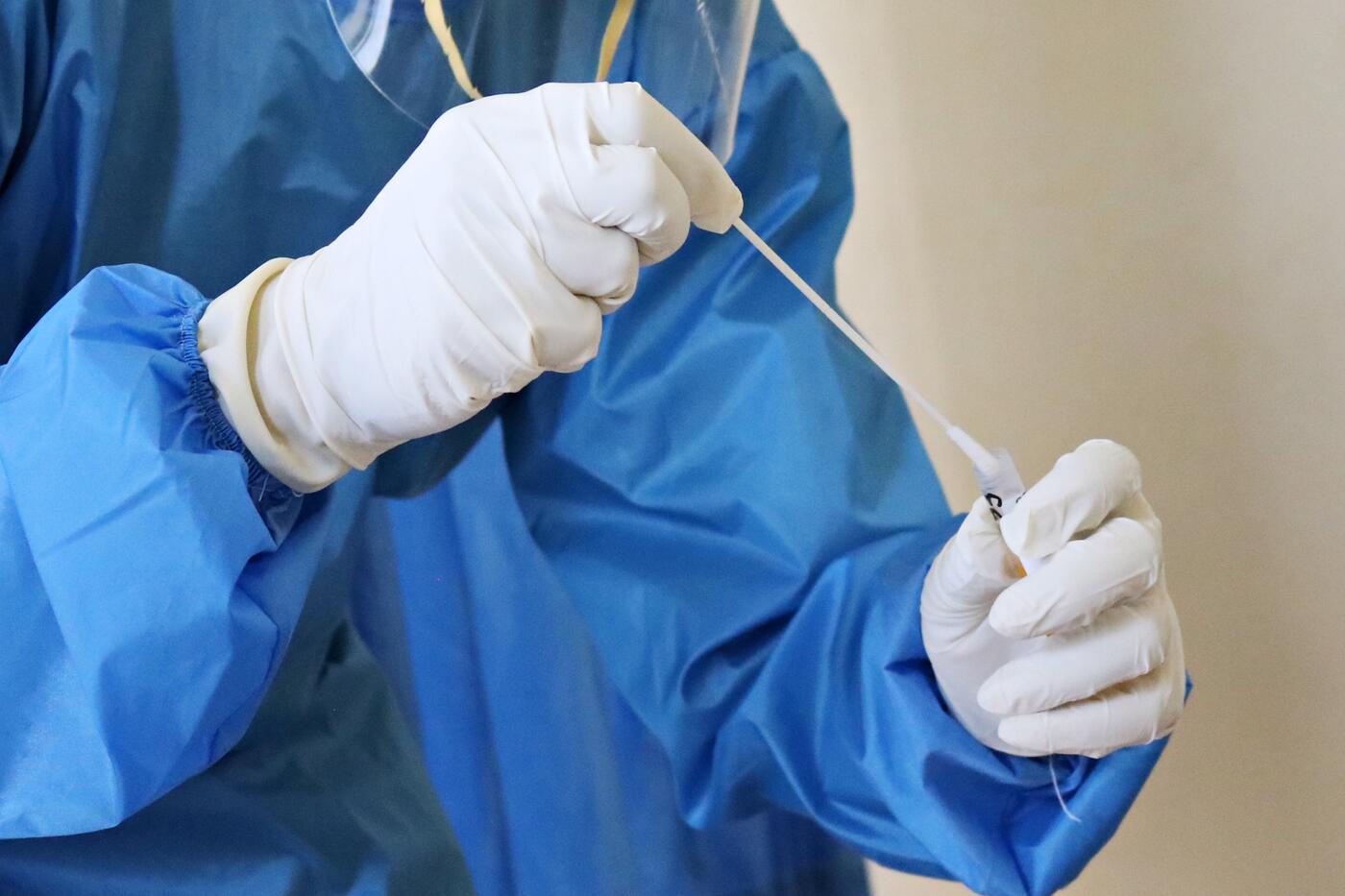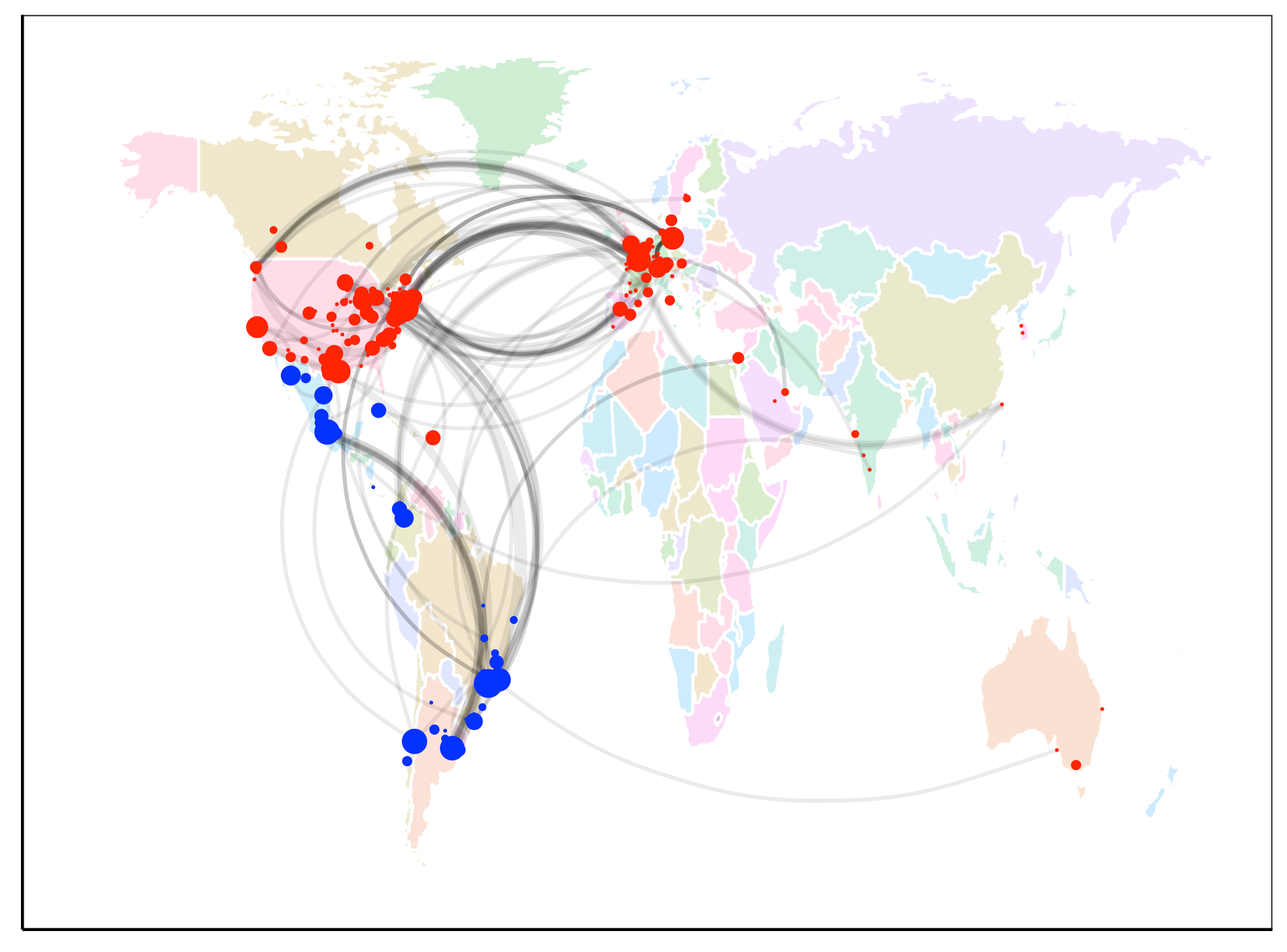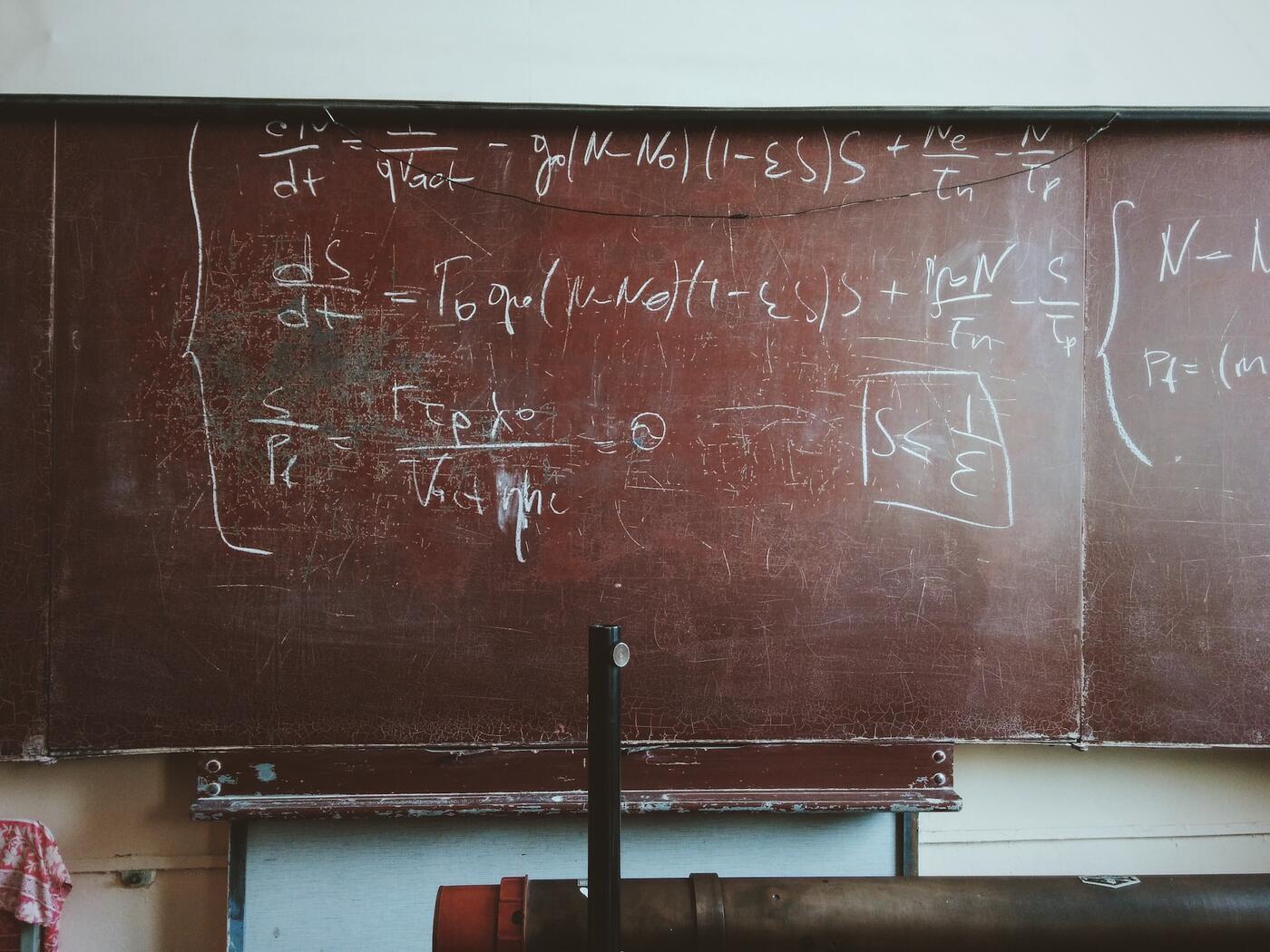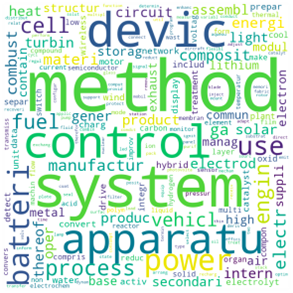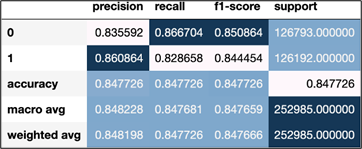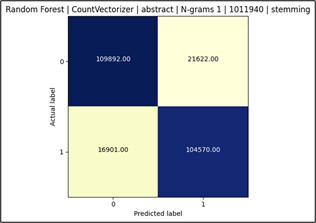MoleculeSearch.ai is a cutting-edge tool designed to transform the way researchers, chemists, and patent professionals explore and analyze chemical structures and their associated patents.
Utilizing SMILES (Simplified Molecular Input Line Entry System) notation, the platform provides a quick and precise method to search for molecular data across extensive databases. SMILES notation, akin to a zip code for molecules, distills complex molecular structures into a manageable string of characters, allowing for efficient and accurate searches.
Harnessing the Power of Open Data and Advanced Technologies
The MoleculeSearch.ai platform integrates open data from PatentsView and SureChEMBL, offering users a wealth of chemical and patent information. PatentsView provides detailed insights into patent statuses and historical data, making it a vital resource for patent strategy and research. SureChEMBL complements this by supplying patents to molecules mapping that helps researchers identify new compounds and understand existing ones.
Additionally, MoleculeSearch.ai employs RDKit, a leading cheminformatics tool, to enhance the precision of molecular searches and comparisons. This integration allows for detailed analysis of complex chemical structures, supporting efforts in drug discovery and chemical research.
The inclusion of AI capabilities through technologies like ChatGPT enhances the user experience by creating accessible summaries of the core concepts in a patent. This means that even non-experts can easily navigate complex data, making the tool accessible to a broader audience.
Practical Applications and Concrete Examples
- Drug Discovery: Researchers can use MoleculeSearch.ai to identify similar molecules to a known drug compound. For instance, if a researcher inputs the SMILES string of Sildenafil (Viagra), the tool can help identify structurally similar compounds that might also possess therapeutic properties, accelerating the search for new treatments.
- Patent Analysis: Patent professionals might use the platform to check the patent status of a new chemical entity before filing. By entering the SMILES code of the molecule, they can quickly find out if similar structures have already been patented, which is crucial for avoiding infringement and understanding the competitive landscape.
- Academic Research: Academics studying chemical synthesis can use MoleculeSearch.ai to find molecules with similar properties that have been involved in previous studies. This can help in hypothesizing new synthetic pathways and understanding reaction mechanisms.
- Quality Control in Manufacturing: In industries like pharmaceuticals, ensuring the purity of chemical compounds is critical. Using MoleculeSearch.ai, QC chemists can compare the SMILES strings of impurities with known substances to quickly identify contaminants and their possible sources.
Molecule-search.com stands out as a valuable resource for anyone involved in chemical research, drug discovery, and patent analysis. By combining open data, advanced cheminformatics technology, and AI, it offers a powerful platform that simplifies and enhances the workflow of chemical and patent professionals globally.
We Want to Hear from You!
Have you used PatentsView data in new or interesting ways? Have you published innovative research using PatentsView data? We would love to feature your work on our Data in Action Spotlight. Visit our service desk to submit an idea.


